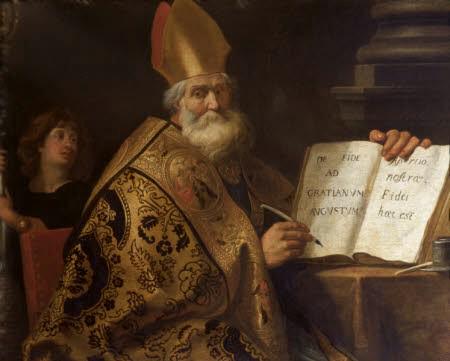 Saint Ambrose (340-397)
Saint Ambrose (340-397)
Image Courtesy: National Trust Art@Twitter
(Franciscan Media) One of Ambrose’s biographers noted that at the ‘Last Judgment’ people would still be divided between those who admired Ambrose and those who heartily disliked him–Ambrose emerges as a man of action who cut a furrow through the lives of his contemporaries, even royal personages were numbered among those who were to suffer crushing divine punishments for standing in his way.
At 33 Ambrose had it all observes Catholic Online a successful career as a lawyer, an important position as Governor of Milan, the approval and friendship of the Emperor and a large estate.
Then the Bishop of Milan died. At this time, about 374 heresies threatened to destroy the Church–the Bishop had supported the Arian heresy that argued against the divinity of Christ. Who would take his place an Arian or a Catholic? Both sides met in the cathedral and a riot broke out.
Public order was Ambrose’s responsibility as Governor, so he hurried to the church and made a passionate speech not in favor of either side but in favor for peace, begging the people to make their choice without a fight, using restraint and moderation.
Suddenly while he was speaking, a voice called out “Ambrose for Bishop.” Soon everyone was shouting, “Ambrose for Bishop.”
The other Bishops of the Province were only to glad to have this controversial decision taken out of their hands but Ambrose was not about to give up his successful career for the dangerous position as Bishop–a life threatening position in these heretical times, so Ambrose ran away.
When he appealed to his friend the Emperor to overturn the decision on the grounds that he hadn’t even been baptized yet, the Emperor answered that he was happy that he chose Governor’s fit for the episcopal office–Ambrose hid in a Senator’s house but the Senator surrendered Ambrose when he heard about the Emperor’s decision.
With nowhere else to run, Ambrose gave in. Since he had been forced to take the position, no one would have been surprised if he’d decide to keep on living the way he had before ordination. Instead, Ambrose immediately gave all of his property to the poor, making only provisions for his Sister Marcellina (who later became a Nun) and committed the care of his family to his brother–raising Ambrose’s popularity even more…
More here about St. Ambrose -EWTN
Related: For Today’s Most Holy Scripture Readings for the Memorial of St. Ambrose, Visit: -USCCB

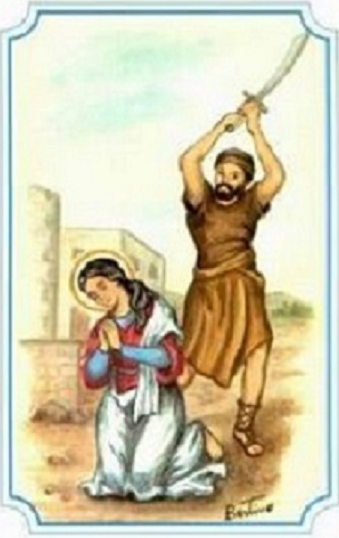
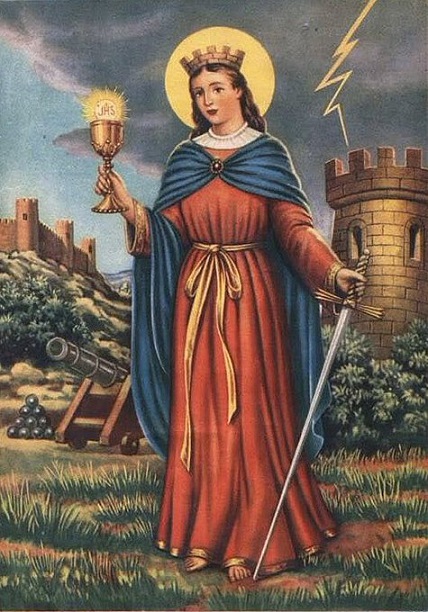
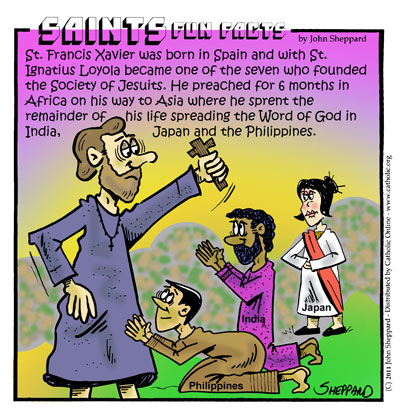 St. Francis Xavier (1506-1552)
St. Francis Xavier (1506-1552)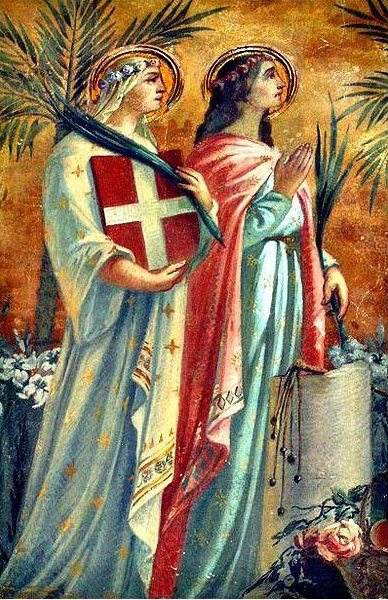 (
(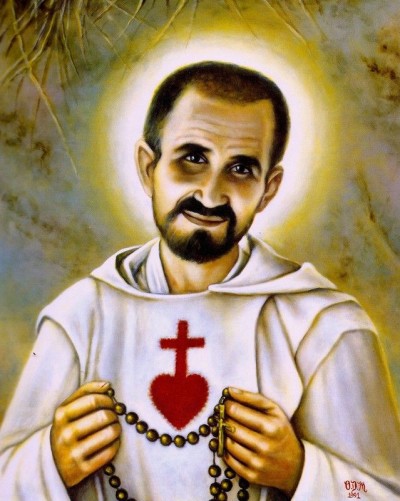 Blessed Charles de Foucauld, Martyr for Christ (1858-1916)
Blessed Charles de Foucauld, Martyr for Christ (1858-1916) St Andrew The Apostle
St Andrew The Apostle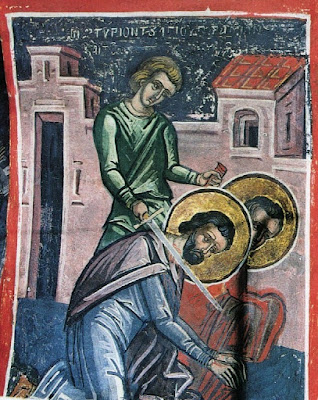
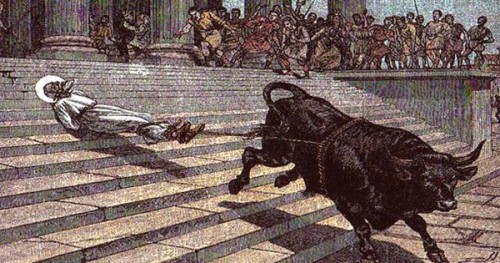 Saint Saturninus -Image Courtesy: uCatholic
Saint Saturninus -Image Courtesy: uCatholic